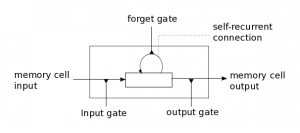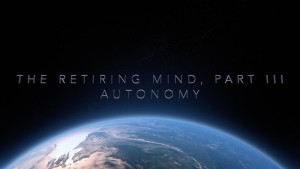 I’m setting my LinkedIn and Facebook status to retired on 11/30 (a month later than planned, alas). Retired isn’t completely accurate since I will be in the earliest stage of a new startup in cognitive computing, but I want to bask ever-so-briefly in the sense that I am retired, disconnected from the circuits of organizations, and able to do absolutely nothing from day-to-day if I so desire.
I’m setting my LinkedIn and Facebook status to retired on 11/30 (a month later than planned, alas). Retired isn’t completely accurate since I will be in the earliest stage of a new startup in cognitive computing, but I want to bask ever-so-briefly in the sense that I am retired, disconnected from the circuits of organizations, and able to do absolutely nothing from day-to-day if I so desire.
(I’ve spent some serious recent cycles trying to combine Samuel Barber’s “Adagio for Strings” as an intro to the Grateful Dead’s “Terrapin Station”…on my Line6 Variax. Modulate B-flat to C, then D, then E. If there is anything more engaging for a retiring mind, I can’t think of it.)
I recently pulled the original kitenga.com server off a shelf in my garage because I had a random Kindle Digital Publisher account that I couldn’t find the credentials for and, in a new millennium catch-22, I couldn’t ask for a password reset because it had to go to that old email address. I swapped hard drives between a few Linux pizza-box servers and messed around with old BIOS and boot settings, and was finally able to get the full mail archive off the drive. In the process I had to rediscover all the arcane bits of Dovecot and mail.rc and SMTP configurations, and a host of other complexities. After not finding what I needed there, alas, I compressed the mail collection and put it on Dropbox.
I also retired a Mac Mini, shipping it off to a buy-back place for a few hundred bucks in Amazon credit. It had been a Subversion server that followed-up for kitenga.com, holding more than ten years of intellectual property in stasis.… Read the rest







 Research can flow into interesting little eddies that cohere into larger circulations that become transformative phase shifts. That happened to me this morning between a morning drive in the Northern California hills and departing for lunch at one of our favorite restaurants in Danville.
Research can flow into interesting little eddies that cohere into larger circulations that become transformative phase shifts. That happened to me this morning between a morning drive in the Northern California hills and departing for lunch at one of our favorite restaurants in Danville.